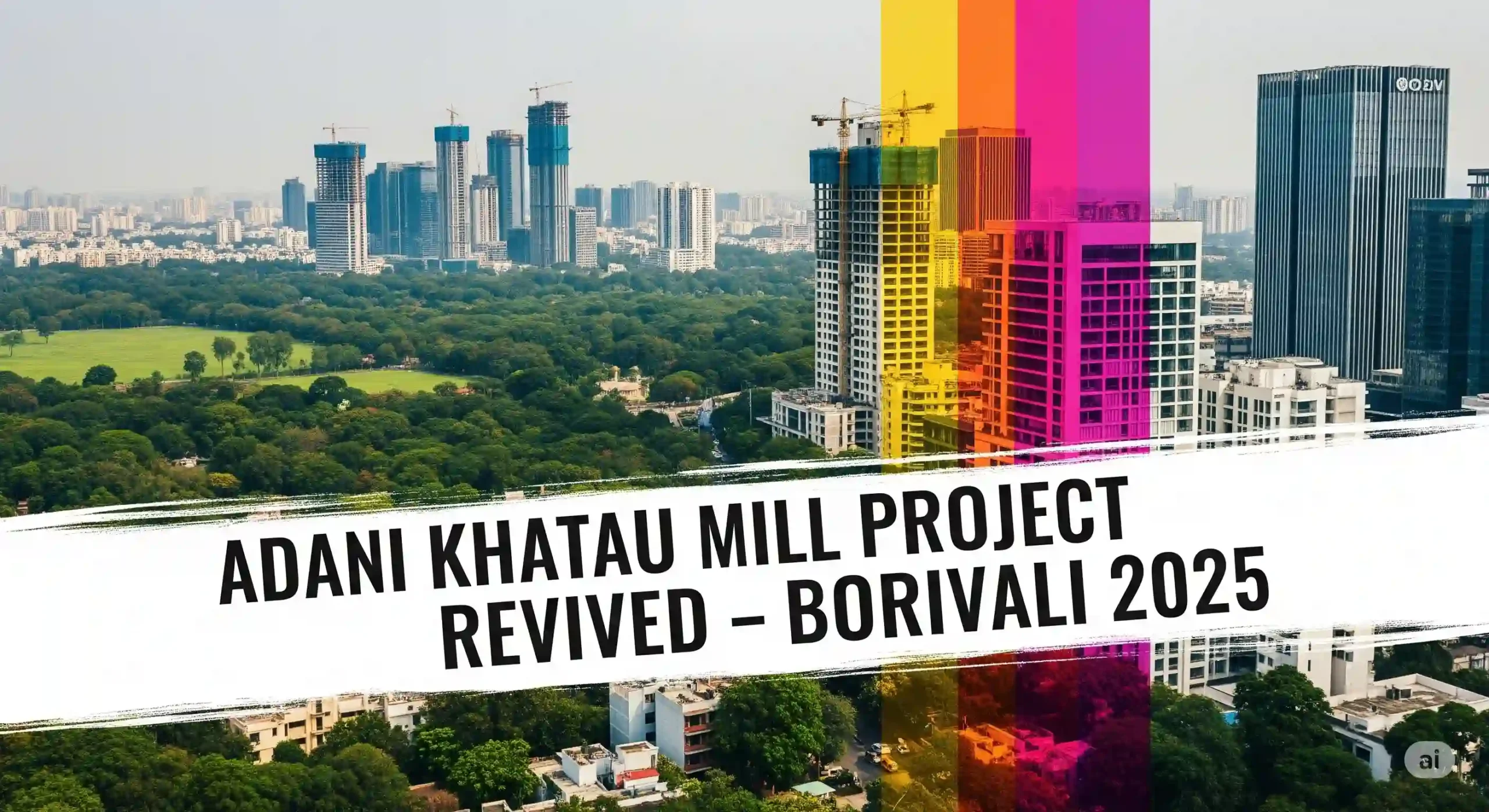The Asia Cup stands as cricket’s own Copa America, while the clash between India and Pakistan is akin to the revered El Clasico. Currently, correspondent Venkata Krishna B is stationed in Pallekele, covering the much-anticipated Asia Cup 2023.
Thick, ominous clouds with swift movement emerge from the Indian Ocean, obscuring the aerial view of Colombo. This tear-shaped island nation has undergone a transformation. The scars of the prolonged civil war have started to heal, and the economic crisis from last year has abated. The scenes of long queues at fuel stations and grocery stores have dissipated, in stark contrast to the chaos that accompanied Australia’s visit last year.
Instead, the Bandaranaike International Airport bustles with European and Southeast Asian tourists, providing a promising sight for an economy reliant on tourism. On the streets, honking is a rarity, traffic signals are seldom seen, and a unique discipline reigns. The prominent Poya festival is in its final stages, culminating on Wednesday. The usual vibrancy and color that characterize the country seem absent, even during the journey from Colombo to Pallekele—a three-and-a-half-hour drive—where the Sri Lanka leg of the Asia Cup is set to commence on Thursday.
Perhaps, the incessant rain is to blame, poised to be a focal point over the upcoming weeks. Much like the tumultuous flight across the Palk Strait, the Asia Cup has landed here after facing considerable upheaval in the past six months. At one juncture, the tournament appeared doomed due to tensions between the cricket boards of India and Pakistan. However, realizing the pivotal role of these two nations in the tournament’s essence, the authorities ensured their participation, given their profound impact and the narratives they added.
Since its inception in 1984, the tournament’s expansion from three to four and eventually six teams has not altered its core nature, much like the Copa America in football. Just as the South American football tournament revolves around Brazil and Argentina, the Asia Cup has always revolved around India and Pakistan. Their ardent fans, overflowing emotions, and the passion of billions have infused the tournament with its distinct character.
Radiance and Glitter. This rivalry lends the tournament its brilliance and allure, as these two teams are consistently drawn into the same group, guaranteeing at least two intense encounters. Broadcasters invest significant sums due to this rivalry’s drawing power, elevating the entire competition.
Given that matches between these two neighbors are confined to ICC events and the Asia Cup, their first clash is scheduled for Saturday. If both teams make it to the later stages here and in the World Cup, this could extend to four or five matches. As India and Pakistan stand on the brink of potential showdowns across three months, the parallel with the storied rivalry of Barcelona and Real Madrid in 2011 is evident. Four El Clasicos in just 18 days pushed that rivalry to its limits, even unearthing the less admirable sides of managers Pep Guardiola and Jose Mourinho.
The only factor capable of dampening the spirits of subcontinent cricket enthusiasts is the weather. The monsoon has regained strength in Pallekele following a brief hiatus. Nestled in hilly terrain, the area experienced heavy rainfall through Tuesday evening, and the forecasts remain discouraging. It’s a setback neither team would have wished for.
Cricket’s El Clásico As the World Cup looms large, the Asia Cup unquestionably holds immense significance for these cricket giants, who are anticipated to shine in the marquee event. Much like El Clasico, there are no clear underdogs or favorites here. Pakistan begins its Asia Cup campaign in Multan against Nepal as the top-ranked team globally, boasting a well-rounded and balanced attack on paper.
Their formidable top-three batting order, backed by a solid middle-order, positions them as contenders in these conditions. As part of their preparations, they arrived in Sri Lanka a fortnight ago to face Afghanistan in three ODIs before returning home to conclude the Pakistan leg of the Asia Cup. Overall, they exude a sense of cohesion and stability.
For India, heading into the World Cup, the narrative differs from 2011, when they clinched their first home World Cup victory. As a precursor, MS Dhoni led the team to an Asia Cup triumph here, even without Sachin Tendulkar and Virender Sehwag in the crucial stages. This scenario could spell trouble, as India is yet to determine their ideal lineup. With four key players returning from extended injury breaks, and one of them, KL Rahul, already ruled out for the first two matches, confidence seems shaken. Rather than using the tournament as a dress rehearsal, India finds themselves reliant on it to solidify their optimal combination and establish a settled batting order.
While a strong performance in this tournament may not guarantee World Cup success, it can offer a glimpse into the future. Last year, during the T20 format Asia Cup leading up to the T20 World Cup, India struggled and suffered losses to Pakistan and Sri Lanka. Although this should have been a warning sign, it was overlooked, and the team faced defeat against England and failed to reach the semifinals. The present circumstances for India feel eerily reminiscent. Only time will unveil whether this is a case of déjà vu or not.
This post is for informational purposes only.Invest responsibly.No guarantees of results. Seek professional guidance before investing.Consult experts for personalized advice.AI-assisted content, editorially reviewed.See our terms for details.Please note that I am not a SEBI registered investment advisor. The information provided in this article is for informational and educational purposes only and should not be construed as financial advice. Always consult with a qualified and SEBI registered financial professional before making any investment decisions. .Follows Google policies.Not affiliated with Investopedia.com. investopedia.co.in Independent site.












